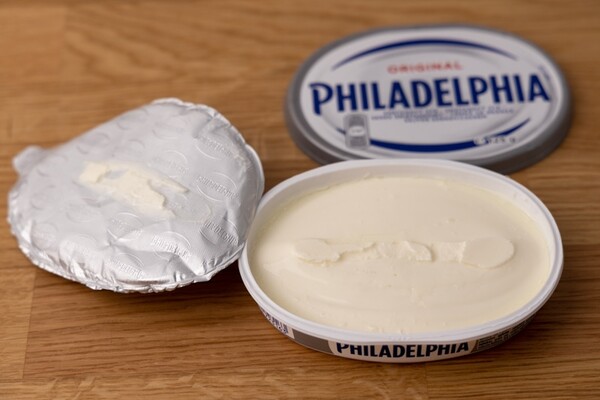Philadelphia cream cheese is a versatile and beloved ingredient in many recipes, ranging from creamy cheesecakes to savory dips. But what if you have more cream cheese than you can use before its expiration date? Can you freeze Philadelphia cream cheese to extend its shelf life? The answer is yes, but with some important considerations. In this guide, we’ll explore how to freeze, thaw, and use cream cheese while preserving its quality as much as possible.
Can You Freeze Cream Cheese?
Yes, you can freeze cream cheese, including the popular Philadelphia brand. However, freezing alters its texture. Fresh cream cheese is smooth and creamy, but after freezing, it tends to become grainy and crumbly due to the separation of water and fat. While it may not be ideal for spreading on a bagel, frozen and thawed cream cheese works well in cooking and baking recipes.
Why Does the Texture Change?
Cream cheese has a high water content, and when it freezes, the water forms ice crystals. Upon thawing, these crystals melt, disrupting the emulsion and causing the creamy texture to break down. The result is a product that may look and feel different but retains its flavor and safety for use in recipes.
How to Freeze Philadelphia Cream Cheese
To freeze cream cheese properly, follow these steps:
- Use Fresh Cream Cheese
Ensure the cream cheese is fresh and unopened or tightly sealed. Freezing cream cheese nearing its expiration date might not yield the best results. - Keep It in Its Original Packaging
If unopened, you can freeze cream cheese in its original foil packaging and box. If opened, transfer it to an airtight container or wrap it tightly in plastic wrap and aluminum foil to prevent freezer burn. - Label and Date
Mark the packaging with the date to keep track of how long it has been in the freezer. Cream cheese can be frozen for up to 2 months for the best quality.
Thawing Frozen Cream Cheese
When you’re ready to use the frozen cream cheese, proper thawing is crucial:
- Refrigerator Thawing
Transfer the frozen cream cheese to the refrigerator and allow it to thaw slowly overnight. This helps maintain its flavor and reduces the chance of bacterial growth. - Avoid Room Temperature Thawing
Never thaw cream cheese at room temperature, as this can lead to spoilage. - Reblend After Thawing
After thawing, the cream cheese will likely be grainy. To restore some of its original texture, whip it with a hand mixer or blend it with a small amount of milk or cream.
Uses for Thawed Cream Cheese
While thawed cream cheese may not be ideal for spreading, it’s perfect for recipes where texture isn’t as critical. Here are some ideas:
- Cheesecakes
Incorporate thawed cream cheese into baked cheesecakes or no-bake versions. - Sauces and Soups
Use it to thicken creamy sauces or add richness to soups. - Casseroles
Mix it into casseroles for added creaminess. - Baked Goods
Add it to recipes like muffins, pound cakes, or frosting. - Dips
Use it in dips where other ingredients mask the slight texture change.
Tips for Freezing and Using Cream Cheese
- Freeze in Portions
If you often use small amounts of cream cheese, divide it into portion-sized amounts before freezing to avoid thawing more than you need. - Mix with Other Ingredients Before Freezing
Consider mixing cream cheese with ingredients like herbs or spices before freezing to make it more versatile for future recipes. - Check the Taste
While freezing doesn’t affect the safety of cream cheese, its flavor may slightly diminish over time. Always taste it before using.










